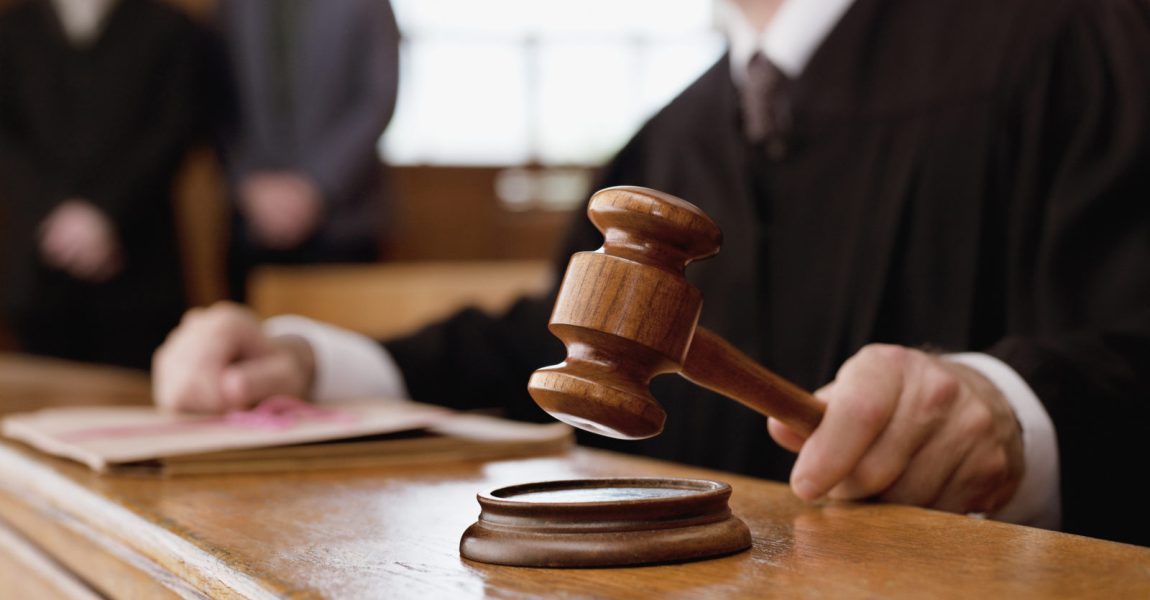
- November 3, 2023
- |Concise Law Reports (CLR), Delict
The plaintiff sued the first and second defendants jointly and severally for damages arising from a motor vehicle collision between the plaintiff’s motor vehicle and a truck owned by the second defendant. The first defendant did not oppose the claim and default judgment was granted against him. The plaintiff pursued the second defendant on the basis of vicarious liability. The second defendant admitted the accident and that it owned the truck that collided with the plaintiff’s vehicle but contended that the first defendant was not acting within the course and scope of his employment at the time.
Claasen J:
‘[11] During closing submissions, the issue of vicarious liability emerged as the most contentious issue, with both parties citing principles from applicable case law. Counsel for the plaintiff, further developed his initial argument at absolution, namely that the proven facts herein lend themselves to an inevitable inference that the first defendant was indeed acting in the course and scope of his employment at the material time.
[15] …In general, various tests have been established by our courts in order to establish vicarious liability. Vicarious liability is the legal principle that an employer can be responsible for the action of its employee, even when the employee has committed an action that the employer would not approve of, and where the employer has not committed any wrong itself. In these cases, liability can be imputed onto the employer if certain conditions are met.
[16] The first component of the test is, whether there is a relationship between the employer and the wrongdoer, and secondly, the key question being “Was it a wrongful act authorised by his employer or a wrongful and unauthorised mode of doing some act authorized?” In other words, was there a sufficient connection between the wrong committed and the employee’s employment, role, and duties such as to make it fair to hold the employer vicariously liable? (Own emphasis).
[17] In this matter, the plaintiff relies on inferential reasoning to establish vicarious liability, but the second defendant contends that it will fail the principles set out in the renowned Blom case. In Govan v Skidmore 1952 (1) SA 732 (N) the cardinal principles of the Blom case came up and Selke J explained that:
‘Rex v Blom … was a criminal case, and in my opinion, it is a fallacy to suppose that the second principle in Blom’s case represents the minimum degree of proof required in a civil case, for, in finding facts or making inferences in a civil case, it seems to me that one may, as Wigmore conveys in his work on Evidence (3rd ed., para.32), by balancing probabilities select a conclusion which seems to be more natural, or plausible, conclusion from amongst several conceivable ones, even though that conclusion may be not the only reasonable one… I do not regard myself as bound, in the present case, to apply the second of the principles set out in Blom‘s case in the way in which I should be bound to apply it was the case a criminal one.’
[18] Consequent to Govan v Skidmore 1952 (1) SA 732 (N) the second principle in the Blom case has been modified for civil cases as follows: the inference to be preferred must be the most plausible and appropriate one to be drawn from all the proved facts. See Ocean Accident and Guarantee Corporation Ltd v Koch 1963 (4) SA 147 (A) at 159C-D; AA Bpk v De Beer 1982 (2) SA 603 (A) at 614G – 615A; Parents’ Committee of Namibia and Others v Nujoma and Others 1990 (1) SA 873 (SWA) at 887 C-D.
[19] Having said that, I return to the matter at hand. In the present matter, the following facts are either proven, admitted, or cannot be disputed:
a) The second plaintiff is the owner of the truck;
b The first defendant is employed by the second defendant;
c) It is an air-cooled truck;
d) The accident occurred on a Monday morning at around 8h15.
[20] In view of these objective facts, the inference that the first defendant was driving in the course and scope of his employment is hard to resist. In fact, it has to be remembered that the inference need not be the only one. In view of these surrounding facts, I find it to be the most natural and probable inference that indeed the first defendant was acting within the course and scope of his employment on that Monday morning.
In the result, the plaintiff’s claim stands to succeed against the second defendant and costs are to follow the event